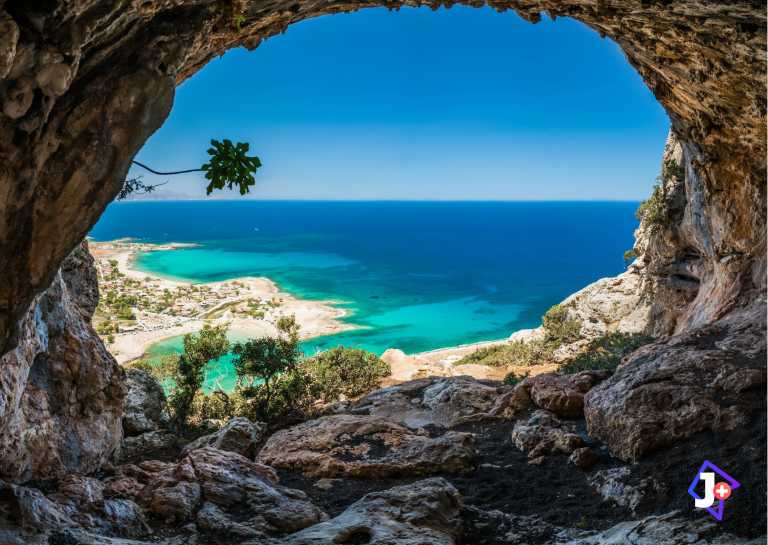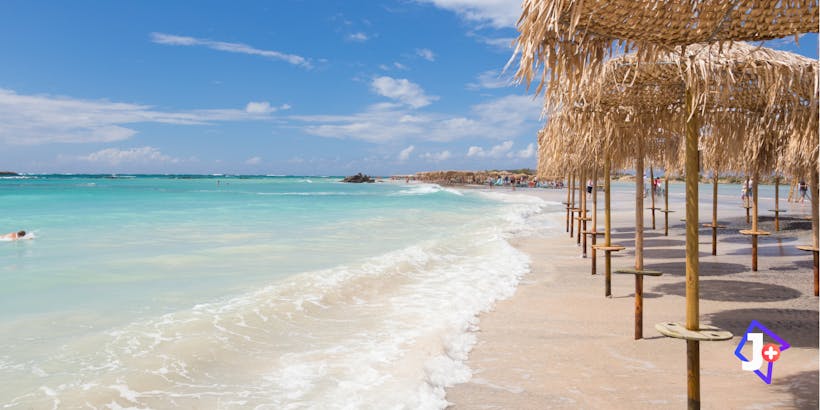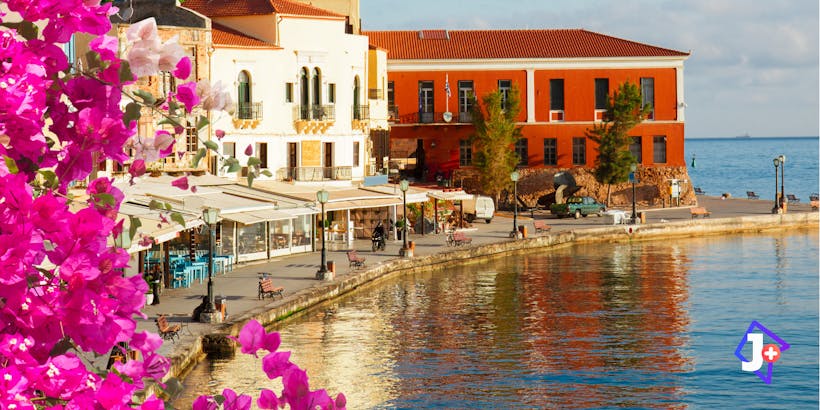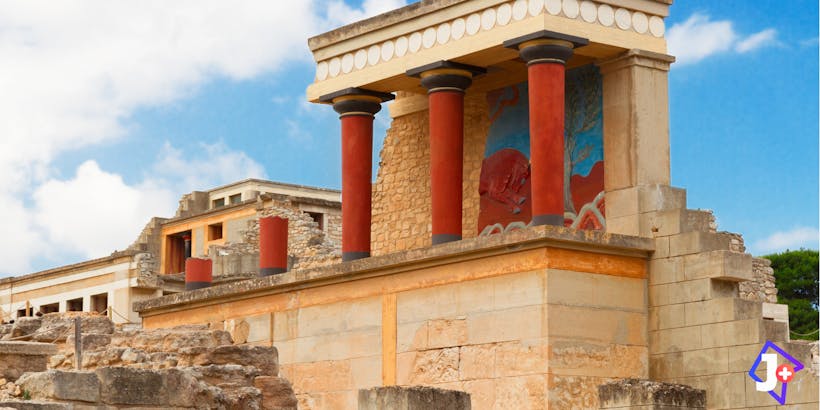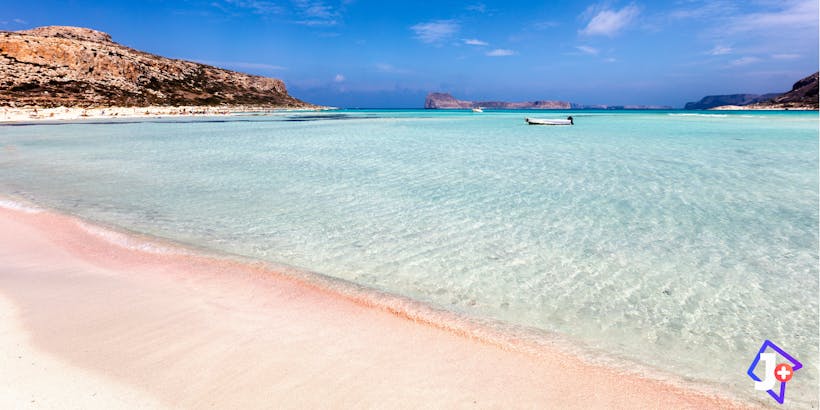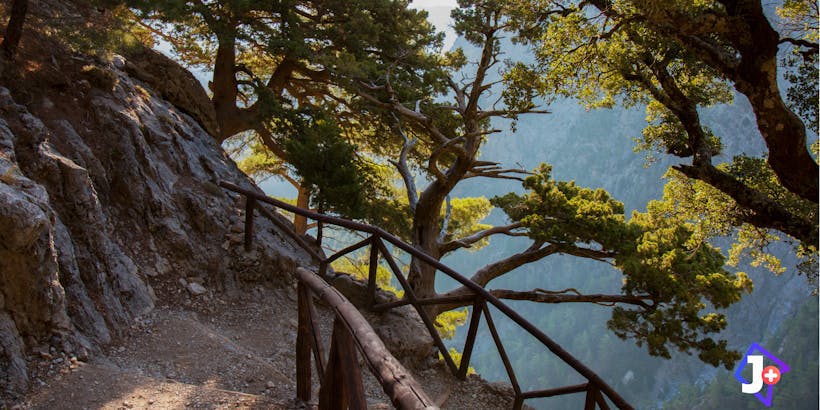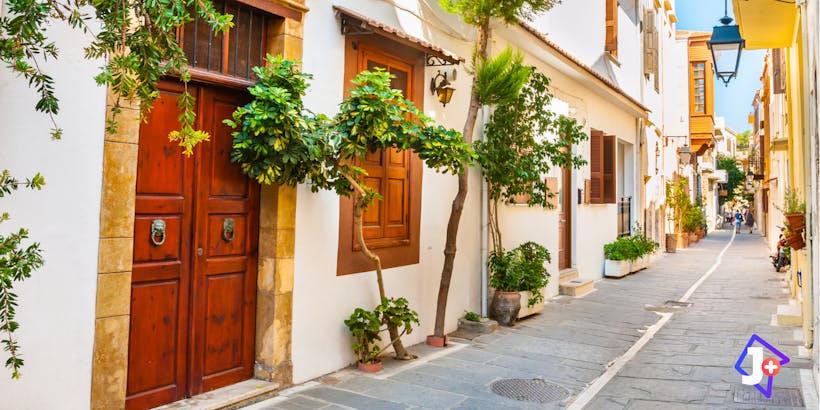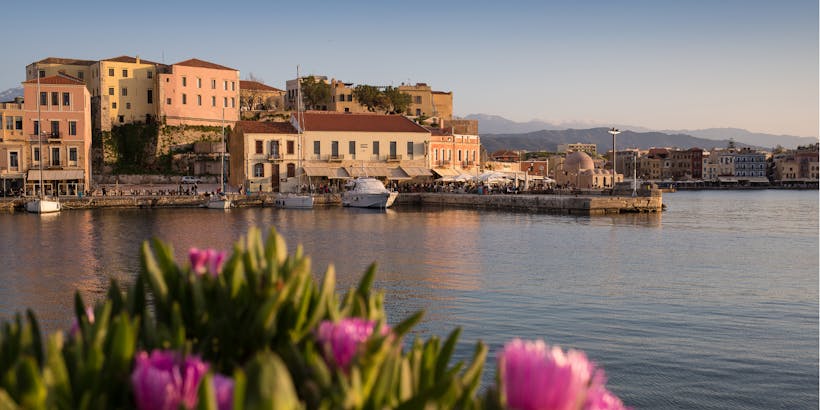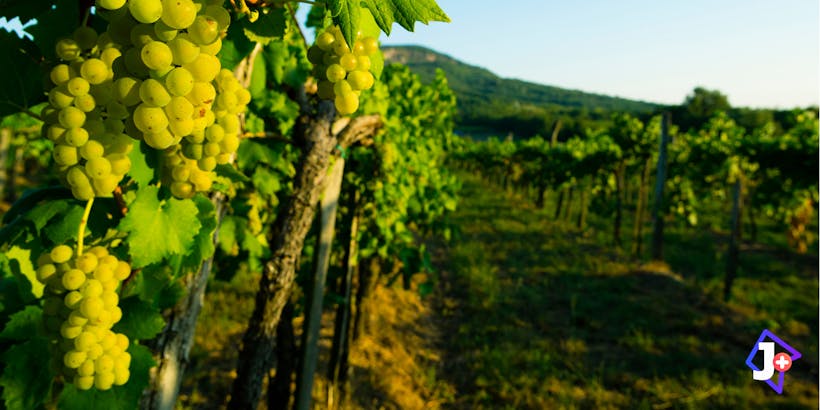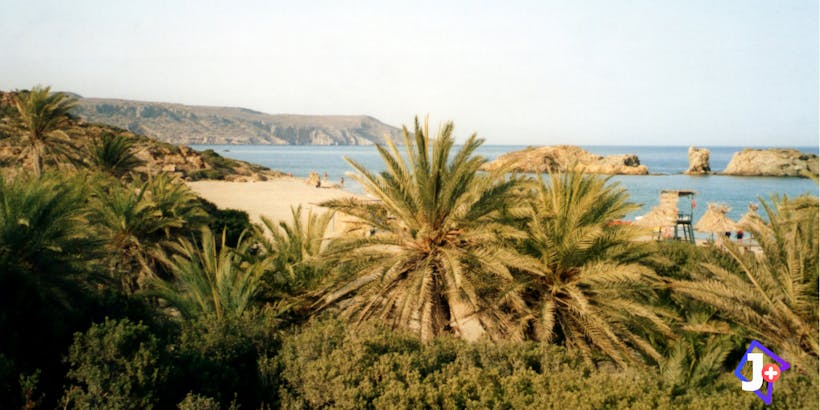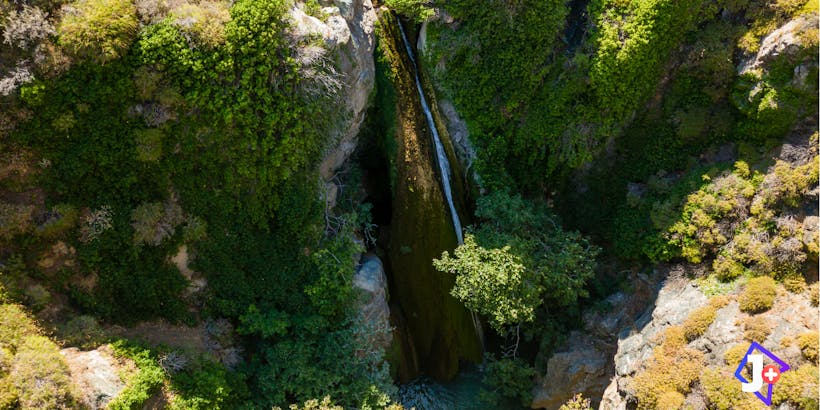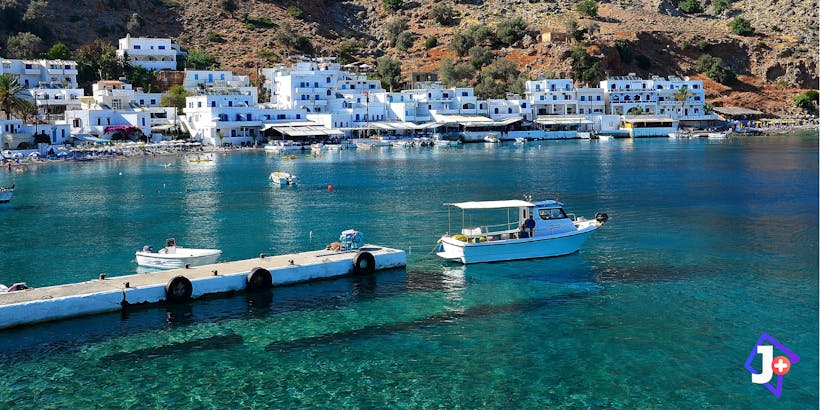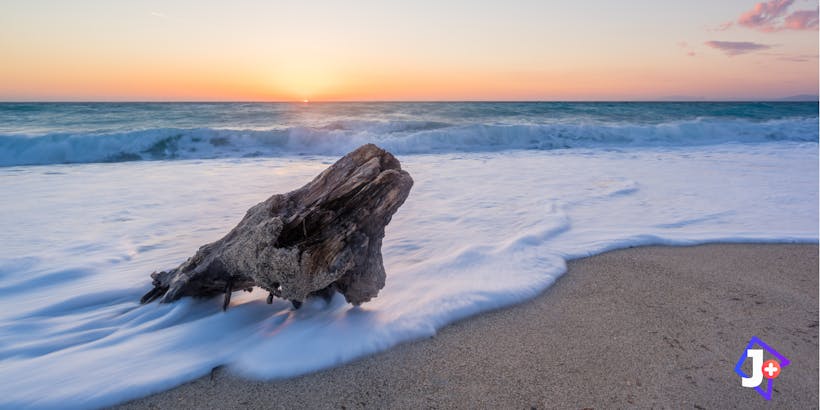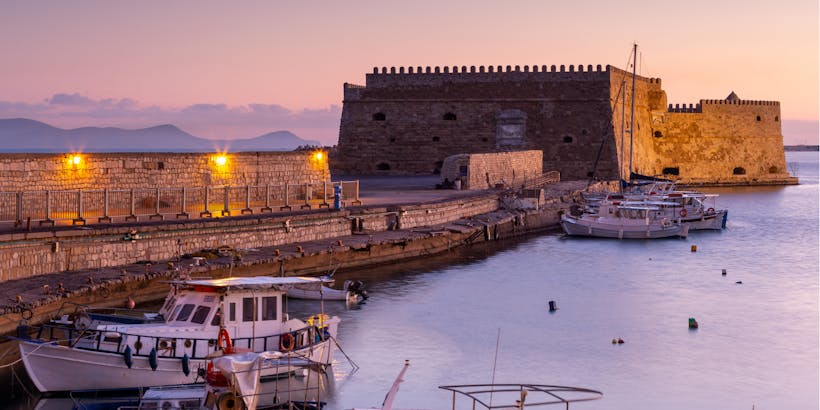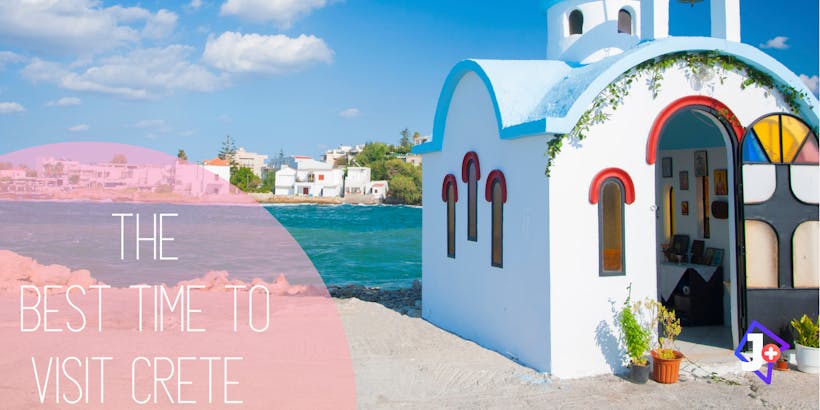Here are tips from travel experts that you should definitely check out before your visit to Crete
Food on a budget
Street snacks in Greece are pretty affordable, if you want to get a quick meal that is filling - go and order gyros pita stuffed with either chicken or pork with an add-on of chips, vegetables, and spoonfuls of tzatziki. It shouldn’t cost you more than €4.
Visiting attraction sites
Most tourist attractions and museums are open all day, or at least until 3 p.m. Avoid the coach-tour throngs by going about noon, when most tourists are eating their lunch. Plan to see landmarks that are open in the evening after 5 p.m., when most day trips have ended.
Where to party
Look for signs offering Cretan music evenings – glendis – for a dose of local life. In the summer, the ticket price would be around €15 and would include a set meal that consists of a starter, main meat dish, and dessert, as well as a carafe of raki or local wine. Around 10 p.m., the festivities and dancing begin; pack your comfy shoes and plan to party until morning!
Be careful when driving in Crete
Cretans tend to speed along narrow, winding roads that are sometimes washed away by mountain runoff or blocked by landslides. Even in "no passing" zones, so be sure to not get pressured into speeding and drive safely.
Bring your student ID
Many of Greece's historical landmarks and museums are free or discounted for students, so bring your student ID with you if you have one.
Don’t pack your home office
Crete doesn’t really have the fastest wifi so be sure not to pack your laptop and just focus on exploring beaches.
Visit the south of Crete
Southern Crete is less developed, owing to a wall of steep mountains, deep valleys, and woods that separate it from the tourism north. As a result, it represents the island's more traditional aspect. If you rent a car, make a point of going to southern Crete and staying a few days.
Pack up hiking shoes
Crete's magnificent gorges and mountain landscape are another reason to arrange a few trekking sessions. Also, bring a light pair of hiking shoes that are comfortable if you want to enjoy this type of trek. Even a sturdy pair of sneakers will suffice. Many of your adventures will be accompanied by these loyal buddies.
What to wear
Shorts and T-shirts are fine for roaming around the cities and beaches on Crete due to the warm temperature. If you plan to visit any religious places, however, make careful to dress conservatively in long slacks or skirts and shirts that cover the shoulders and chest area. When dining in restaurants, you should dress more formally because Greeks like to dress up when they go out.
Spending habits
Foreigners are common in Cretan restaurants, and they take most major credit cards. Cretans, on the other hand, prefer to pay with cash (the official currency of Greece is the euro). You are not required to tip in Greece. Although service charges are frequently added to restaurant bills, a 10% tip is enough if you want to provide something extra.

